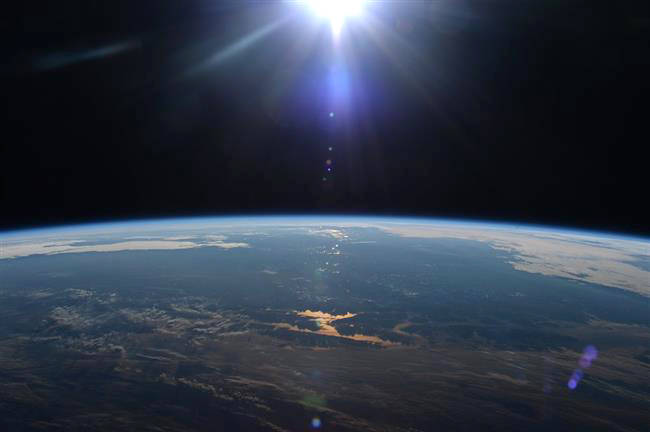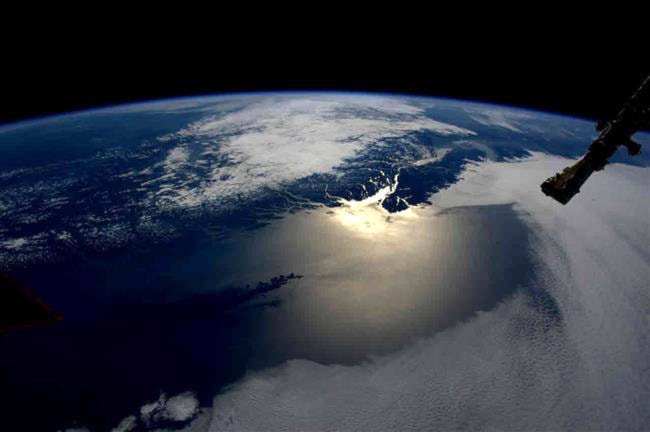With a bit of patience and the right weather conditions, B.C. residents can get a real-time view of their region from space as the International Space Station travels overhead.
As part of a student-led project to help NASA work out the kinks of broadcasting video feeds in space, the International Space Station (ISS) HD Earth View experiment opens up live views of the Earth from the orbiting station to anyone with access to a computer or smartphone.
Four cameras are placed on the exterior of the ISS broadcast stunning views of the planet as the station circles the globe.
The High School Students United with NASA to Create Hardware (HUNCH) program was instrumental in the development of the project, with students working to design and fabricate components for the cameras as well as assist in operating and maintaining the feed from the ground.
Using an app on a smartphone or , viewers can watch these images live as they are broadcast 91������Ƶ� and track the next time the ISS will fly overhead and show a view of their location. Visibility is dependent on many factors, such as time of day when the station passes over and local weather obscuring ground views; the timing windows are also generally quite small, between three to five minutes of good visibility on a viewer91������Ƶ�s location. However, patience is rewarded with a stunning view from space that would be near-impossible to see otherwise.
Viewers can also save images and short video clips from the cameras mounted on the ISS directly from their smartphone with a simple button press while watching the video stream.
According to the ISS Tracker app, British Columbians can try and catch a view of the province from space during early morning hours from March 10-15, followed by a break in coverage until March 21 and a switch to evening views from March 21-27. Exact times vary depending on a viewer91������Ƶ�s location in B.C., and an accurate fly-by time can be found using your location with the ISS Tracker.
In the Shuswap region, the tracker shows the ISS is scheduled to fly over Salmon Arm at the following times over the next week:
March 10: 6:58 a.m., with low visibility conditions.
March 11: 6:07 a.m., with good visibility conditions.
March 13: 6:02 a.m., with good visibility conditions.
March 14: 5:12 a.m., with good visibility conditions.
March 15: 4:23 a.m., with good visibility conditions.
@Jodi_Brak117
jodi.brak@saobserver.net
Like us on and follow us on .




